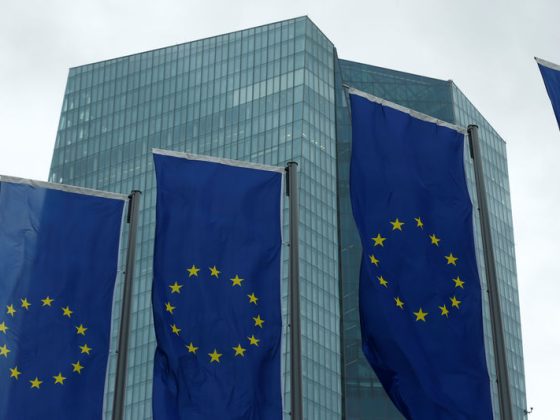Investing.com — With Donald Trump securing his second presidential term with unified congressional support, both the US and the global economic outlook are set to change significantly in 2025.
In a Thursday note to clients, Wells Fargo (NYSE:WFC) strategists outlined the implications of these changes, projecting a mixed but cautious outlook for the year ahead.
Central to the forecast is the reintroduction of tariffs as a key economic tool. Wells Fargo assumes that a 5% tariff on all US imports and a 30% tariff on Chinese exports to the US will take effect by mid-2025.
While these measures are designed to address trade imbalances, they are expected to disrupt economic growth, both domestically and globally. US economic expansion is projected to slow, with GDP growth forecast at 2.0% for 2025, down from 2.7% in 2024.
Inflation, however, is likely to remain elevated, with the core PCE price index forecast at 2.5% for both 2025 and 2026. This environment is expected to prompt the Federal Reserve to continue easing monetary policy, though at a more measured pace, with the fed funds rate projected to reach a terminal range of 3.50%-3.75%.
“Trump 2.0 tariffs are likely to disrupt, not upend, the US economy,” strategists led by Nick Bennenbroek said in the note. “Economic expansion is still likely, albeit at a slower pace, while inflation could remain above the Fed’s target as consumers at least partly bear the cost of tariffs.”
Internationally, the ripple effects of US tariffs are expected to create divergent economic outcomes. Emerging markets with strong trade linkages to the US, such as Mexico and China, are particularly vulnerable.
Mexico, reliant on US demand for nearly 80% of its exports, faces the prospect of a recession in 2025. China, while possessing policy tools to mitigate the impact, is forecast to experience subdued growth of 4.0%.
In contrast, more insulated economies like India and Brazil, driven by domestic demand, may show relative resilience and even benefit from shifting global supply chains.
“Brazil and India are relatively closed to trade as exports to the US represent an insignificant portion of Brazil’s economy and a miniscule fraction of India’s output,” Wells Fargo notes. “Rather, they are powered by domestic demand and investment, leaving both economies somewhat sheltered from rising protectionist sentiment.”
Currency markets are also expected to reflect these changes, with the US dollar positioned for strength. The report attributes this to a combination of a less dovish Federal Reserve, more aggressive easing by foreign central banks, and economic uncertainty in key trading partners.
Emerging market currencies, particularly those in Latin America and EMEA, are forecast to face significant depreciation pressures.
Meanwhile, the bank expects the euro to drop below parity relative to the dollar, while currencies with more closed economies – like the Indian rupee – or linked to hawkish central banks – such as the Japanese yen or the Australian dollar – “can be more resilient in 2025.”


